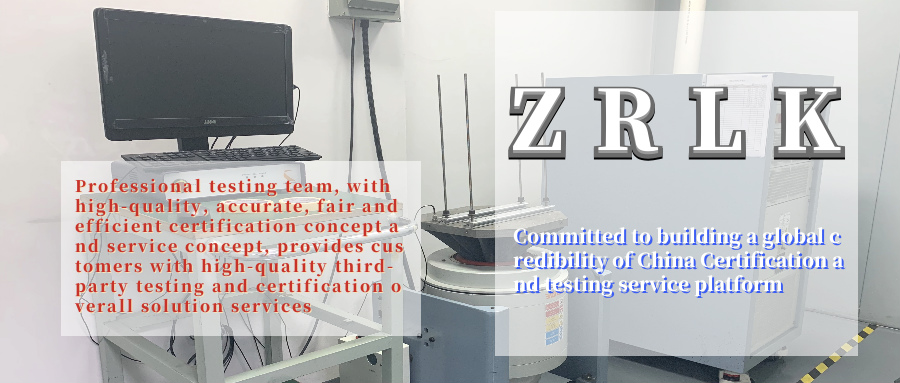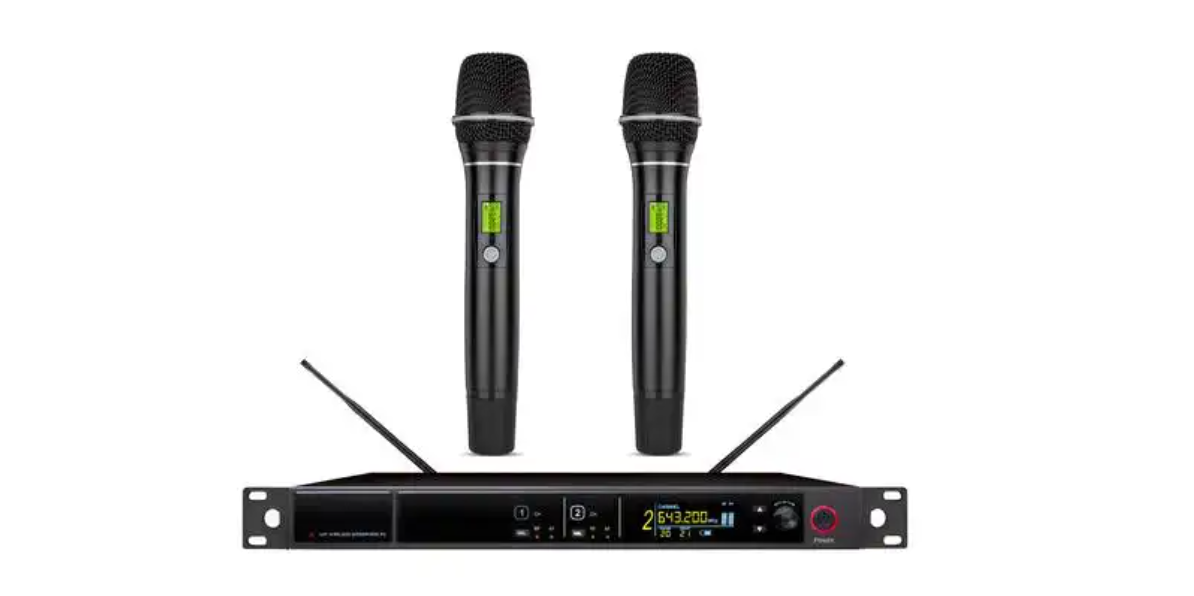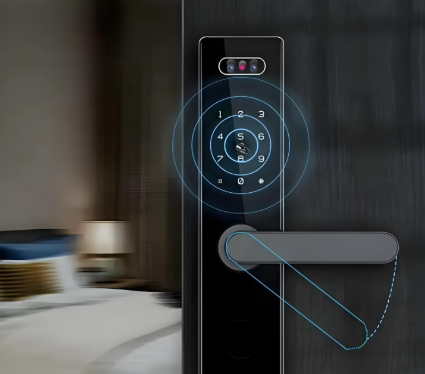
Project Introduction
The rapid temperature change test is used to determine the product's adaptability to storage, transportation, and use in a rapidly changing climate with high and low temperatures. The test process generally takes normal temperature→low temperature→low temperature stay→high temperature→high temperature stay→normal temperature as a test cycle. Verify the functional characteristics of the sample after the temperature change or continuous temperature change environment, or the operation functionality in this environment.
The rapid temperature change test is usually defined as a temperature change rate of ≥3°C/min, which changes between a certain high temperature and low temperature. The faster the temperature change rate, the larger the high/low temperature range, the longer the time, the stricter the test. The temperature shock usually affects the part close to the outer surface of the equipment more seriously. The farther away from the outer surface, the slower the temperature change and the less obvious the effect. Transport boxes and packaging will also reduce the impact of temperature shocks on enclosed equipment. Rapid temperature changes may temporarily or permanently affect the operation of the equipment.
Testing purposes
Evaluate the storage or workability of products under temperature changes. The purpose of the qualification test is to check whether the product meets the requirements of the relevant standards; the improvement test is mainly used to assess the durability and reliability adaptability of the product under temperature change conditions.
Application range
The rapid temperature change test is widely used in electronic and electrical, vehicles, medical, instrumentation, petrochemical and other fields, complete machines, components, packaging, materials, etc.
Method Standard
Test standard reference: GB/T 2423.22, IEC 60068-2-14, EN 60068-2-14.

SRRC certification is one of the necessary conditions for products to enter the Chinese market for sale. It ensures that the wireless transmission characteristics of the wireless camera comply with national standards, avoiding communication problems caused by radio interference and ensuring the legality and compliance of the product.

FCC certification is a mandatory requirement for wireless device certification in the US market. Through FCC ID certification, wireless microphones can prove their compliance with US radio transmission standards, avoiding market bans or fines for violations. This is particularly important for products that hope to be sold in the US market.

KC certification ensures that products comply with relevant laws, regulations, and safety standards in South Korea, and is a necessary condition for smart door lock products to enter the South Korean market. KC certification covers wireless radio frequency, electromagnetic compatibility, and electromagnetic exposure. Strict testing and evaluation are required to obtain KC certification before products can be legally sold in the Korean market and gain consumer trust.
The rapid temperature change test is used to determine the product\'s adaptability to storage, transportation, and use in a rapidly changing climate with high and low temperatures.
Get a quote